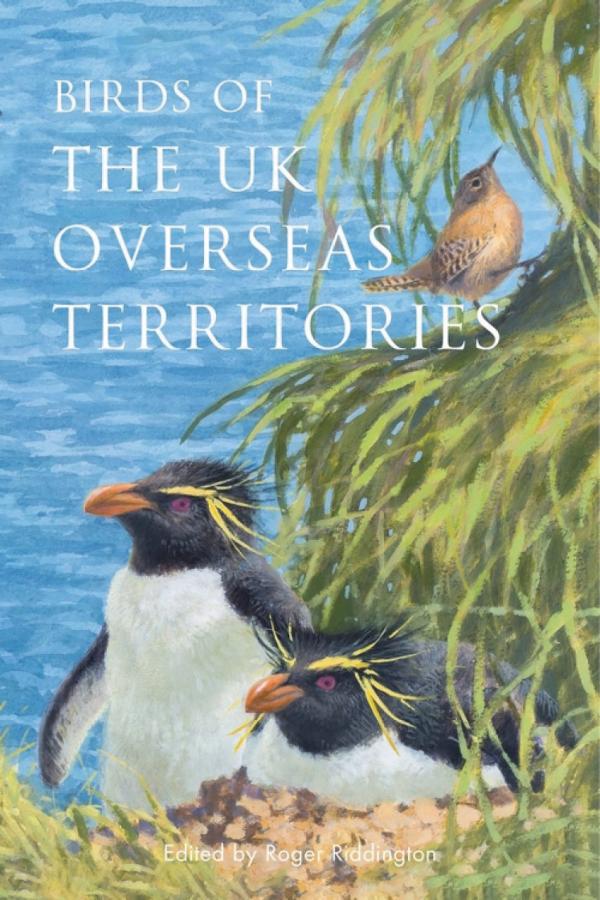
The UK Overseas Territories (UKOTs) are 14 remnants of the British Empire which have the British monarch as their Head of State, depend on the UK for their defence and which all have coastlines. All are closer, geographically, to other sovereign nations than they are to the UK but all have strong cultural ties to the UK. Most (c98%) of their 1.7m km2 land area is within the British Antarctic Territory with Gibraltar’s 6.5km2 being the smallest dot on the map. Several have no permanent inhabitats though all are permanently inhabited and over half of their c270,000 population (about the same as the London Borough of Hounslow or Milton Keynes) are found on Bermuda and the Cayman Islands). To name as many of the 14 as possible in five minutes would be an excellent pub quiz tie-break question and just in case you are ever in that position here is the list;
- Akrotiri Peninsula and Episkopi Cliffs (Cyprus)
- Anguilla
- Bermuda
- British Antarctic Territory
- British Indian Ocean Territory
- British Virgin Islands
- Cayman Islands
- Falkland Islands
- Gibraltar
- Henderson Island
- Montserrat
- St Helena, Ascension, Tristan da Cunha and Gough Island
- South Georgia and the South Sandwich Islands
- Turks and Caicos Islands.
But what of their birds? Not surprisingly, given their geographic spread, they hold a rich variety of birds from the penguins and albatrosses of Antarctica to the parrots of the Caribbean. A quarter of all the penguins in the world are found on UKOTs. In 2010, there were four critically endangered birds restricted to UKOTs but now two of those (Montserrat Oriole and St Helena Plover) have been down-listed (or maybe up-listed) to Vulnerable thanks to conservation action and the other two (Tristan Albatross and Gough Finch) depend on mouse eradication, plans for which in 2020 were thwarted by the global pandemic of coronavirus.
This book spells out the importance of these 14 territories for bird conservation, and nature conservation as a whole, and sends a message of hope through the progress that has been made in recent years thanks to local inhabitants, territorial adminstrations, UK NGOs and the UK government. There is much more to do, it is our responsibility to help do it, and this book should help to encourage further action.
After a very helpful overview (by Jonathan Hall and Richard Porter) each of the UKOTs gets its own chapter written by acknowledged experts. The texts are simply brilliant in my opinion, giving lots of clear factual information, plenty of historical and political context and some information about visiting the sites and what you can do to help conserve their wildlife. There are many very good photographs of species and habitats as well as plentiful and helpful maps and tables.
This is a book that needed to be written as a stock-take of the wildlife of these 14 disparate locations. The individual chapters are based on a series of articles published over more than a decade in British Birds. British Birds‘s outgoing editor, Roger Riddington, must be congratulated on his role in the initial publication of these accounts and in their compilation with some updates and additional material in this book. Richard Porter was the nagging and encouraging presence behind the series of articles and this book. Profits from sales will go towards the conservation of wildlife in the UKOTs.
Birds of the UK Overseas Territories edited by Roger Riddington is published by T & AD Poyser.
[registration_form]